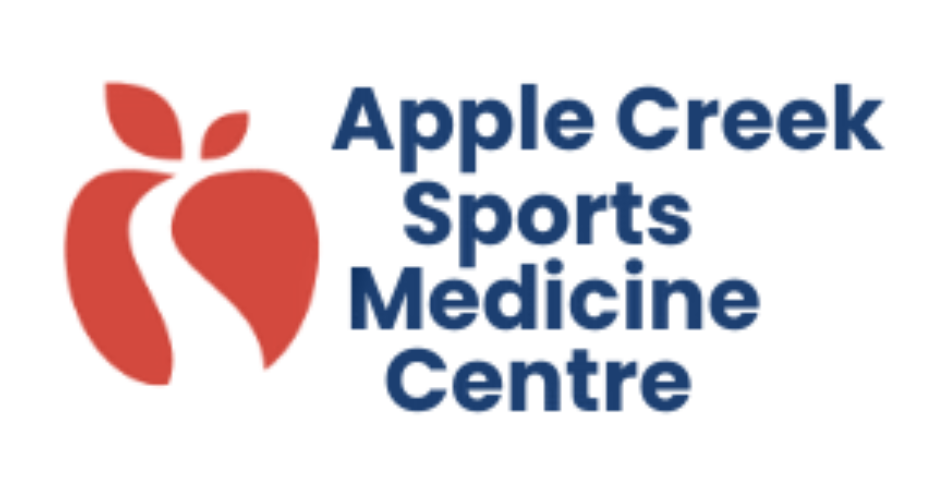Breathing: Try it – it is good for you!
As my practice evolves, so do the exercises I prescribe to my patients. Of late, I have been a big proponent of asking my patients to breathe, in-between appointments with me.
My journey down this road has come from many angles which include a good book, a few good podcasts and a number of patients who have forgotten how to breath.
First, I have to give props to Dr. Andrew Weil, an integrative medicine physician in the US, who is well known for many TV appearances including Oprah back in the day. He was the first person that I had heard of who taught people to breathe with purpose. He is a proponent of the 4-7-8 (relaxing) method, which is quickly described as breathing in for a count of 4, hold for 7 and breathe out for 8. Do this for 4 cycles, frequently (2x/day) for many benefits including relaxation, calming, a sleep aid and general well being.

Box Breathing, 4 in, 4 hold, 4 out, 4 hold
My second contact for breathing with purpose, was with box breathing. This is the method is I teach most often in my practice and feel it is super simple, most effective and can be done anywhere. This popular method of breathing gained momentum when former Navy Seal, Mark Divine, started promoting the technique as early as 1987. To do it, imagine a box in front of you, breath in for 4 seconds – up one side of the box, hold 4 seconds across the top, breath out for 4 seconds down the opposite side of the box and hold for 4 seconds as you move along the bottom of the box to the original starting position. Four repetitions of this and your mood will change, a stateof relaxation will set in, and likely your breathing rate, pulse and blood pressure will also improve with the technique as well (once you become efficient with it).
Lastly, I listened to a great book last year called The Oxygen Advantage. Written by Patirick McKeown, he breaks down the art of breathing, the proper why and how of breathing and the many benefits that can be experienced in the mind, body and spirit through proper technique. Being a chronic mouth breather, the book encouraged me to tape my mouth shut when sleeping (you read that right, I actually have been taping my mouth shut for over a year now when I cuddle in at night) with huge success. The benefits are many, but ultimately it has taught me to use my nose for breathing and my mouth for talking.
In my practice, patients present with various ailments but most with a common secondary complaint of overwhelming stress. Stress has numerous effects on our bodies, but I often see people in a sympathetic state (survival mode) and encourage them to use breathing techniques to promote relaxation (encourages a rest and relax feeling – parasympathetic state). This can also assist the patient to mobilize their ribs, stretch the muscles through the torso and up to the neck, and indirectly mobilize the digestive organs in the belly. All good things to assist your body through the recovery process.
So – give yourself a few minutes, get quiet, focus on your breath, take stock in how you feel before and after one of the above exercises and begin a daily practice to optimize your health. Your body will thank you on many different levels!
Always happy to discuss if you have questions,
John
john@applecreeksports.com
John Sage R. Kin, CAT(C), DOMP
Clinic Director

